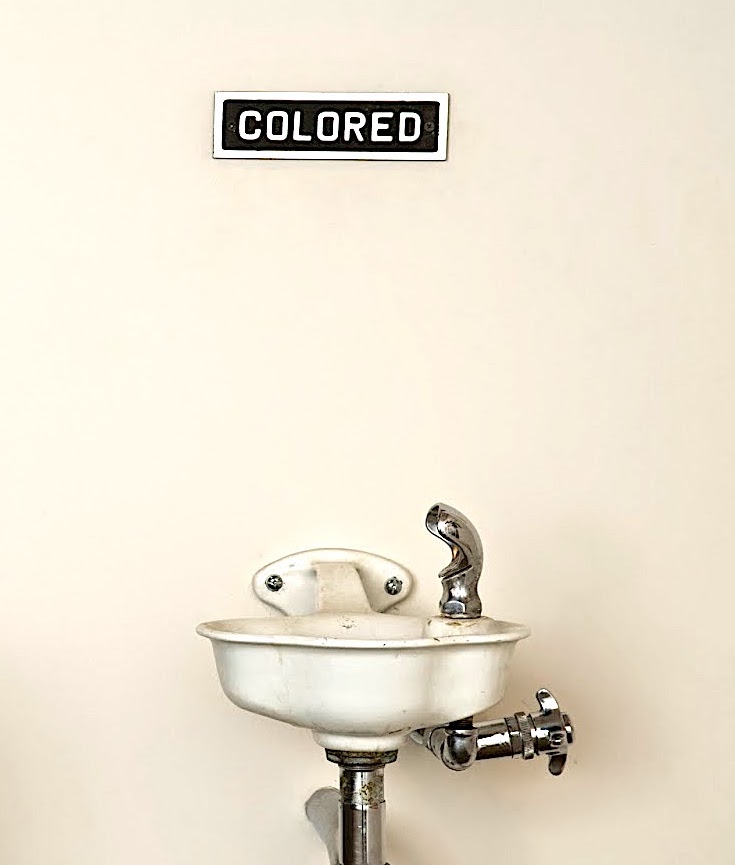CHARLOTTE, N.C.—Growing up here in the 1940s and 1950s, Sevone Rhynes experienced segregation every day. He couldn’t visit the public library near his house, but instead had to travel to the “colored” library in the historically black area of Brooklyn, a neighborhood that used to be in the center of Charlotte. He attended a school for black children, where he received second-hand books, and where the school day was half the length of that of white schools, because the black school had too many children and not enough funds. Sixty years later, he says, Charlotte is still a segregated city. “People who are white want as little to do with black people as they can get away with,” he told me.
[mc4wp_form id=”6042″]
This is, unfortunately, not a surprising account of North Carolina, or of the South more generally. The South of the 1950s was the land of fire hoses aimed at black people who dared protest Jim Crow laws. Today, schools in the South are almost as segregated as they were when Sevone Rhymes was a child. Southern cities including Charlotte are facing racial tensions over the shootings of black men by white policemen, which, in Charlotte’s case, led to massive protests and riots.






One of the largest and fastest-growing cities in the South, Charlotte, North Carolina, came of age in the New South decades of the late nineteenth and early twentieth centuries, transforming itself from a rural courthouse village to the trading and financial hub of America’s premier textile manufacturing region. In this book, Thomas Hanchett traces the city’s spatial evolution over the course of a century, exploring the interplay of national trends and local forces that shaped Charlotte, and, by extension, other New South urban centers.
Hanchett argues that racial and economic segregation are not age-old givens, but products of a decades-long process. Well after the Civil War, Charlotte’s whites and blacks, workers and business owners, all lived intermingled in a “salt-and-pepper” pattern. The rise of large manufacturing enterprises in the 1880s and 1890s brought social and political upheaval, however, and the city began to sort out into a “checkerboard” of distinct neighborhoods segregated by both race and class. When urban renewal and other federal funds became available in the mid- twentieth century, local leaders used the money to complete the sorting out process, creating a “sector” pattern in which wealthy whites increasingly lived on one side of town and blacks on the other. (Amazon).


You must be logged in to post a comment.